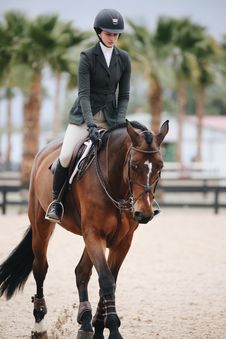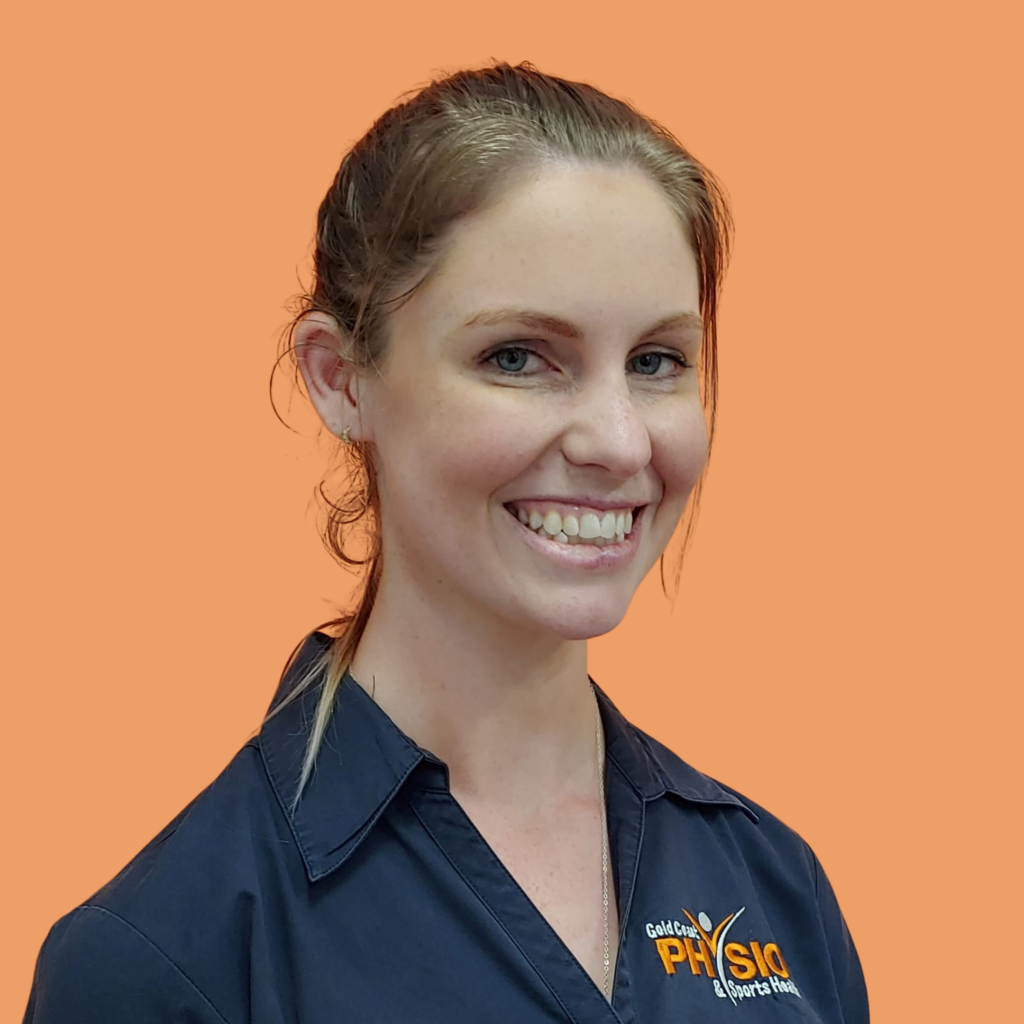A Unique Perspective on Back Pain in Horse Riding
By Physio Kelcie Mitchell (Kelcie is currently studying her Masters in Equine Physiotherapy at University of Qld, 2021)
 On the eve of Tokyo 2020 Olympics, and with Australian Olympic Athlete, Andrew Hoy having made his 8th Olympic games (at age 62 and having already won 3Gold & 1 Silver Medal in Eventing) it is timely to discuss a unique perspective on Back Pain in Horse Riding.
On the eve of Tokyo 2020 Olympics, and with Australian Olympic Athlete, Andrew Hoy having made his 8th Olympic games (at age 62 and having already won 3Gold & 1 Silver Medal in Eventing) it is timely to discuss a unique perspective on Back Pain in Horse Riding.
Back pain while horse riding can impact equestrian performance- from general trail riding to elite riding, Back Pain can sure make a ride uncomfortable for BOTH the horse and rider. It can affect you mounted and unmounted or in any other activity that you participate in exercise or daily activities at home.
(As a side note, just like Cycling membership includes some Insurance, if you are injured in an accident when horse riding, you should check your insurance to see if you are covered for Physiotherapy treatment. Equestrian injury insurance: to check if your injury is covered, visit gowgatesport.)
What causes Back Pain in Horse riding?
Riders often put blame to the saddle, but it is not always the saddle that is at fault for the pain of the rider- it can be a combination of things that affects how the rider sits in the saddle, how the saddle sits on the horse and in turn, how this affects the horses movement. The bottom line is, a riders pain can have follow on effects for their equine partners (the horse) when under-saddle.
Most acute orthopaedic (bone/muscle/joint) injuries in Equestrian athletes involve low back pain, hip joint and hamstring muscles as the most common. But for now let’s focus on how back pain can affect, and be affected, when riding, in particular in the sport of Equestrian.
Postural positions of the Rider can greatly affect equine performance, and often riders and horses can feedback pain to each other. This can continue to escalate, resulting in increased abnormal movement in a sport that relies on symmetrical movement to equate suppleness and ease of movement to demonstrate harmony within competition.
Let’s consider how abnormal movement of a rider can cause effect on a horse:
 A rider’s shoulder tilt can cause a change in rein tension or a pelvic tilt can create a heaviness to one side. Both of these rider postures can have the possible effects on the horse: dropping a shoulder within a circle; incorrect canter leads; choppy forehand turns and dropped rails. All errors that will reduce performance in competition.
A rider’s shoulder tilt can cause a change in rein tension or a pelvic tilt can create a heaviness to one side. Both of these rider postures can have the possible effects on the horse: dropping a shoulder within a circle; incorrect canter leads; choppy forehand turns and dropped rails. All errors that will reduce performance in competition.
Postural and functional abnormalities can occur during training and can increase by repetition in training and/or when avoiding pain, causing an accumulation of postural abnormalities.
One sided dominance can change the tension on the reins, with the dominate side moved constantly and consistently during performance and the non-dominate remaining in place to stabilise through movement. This can cause missed communication in the link of hand to reins to the bit.
Within the saddle, left and right sided leg differences and the overall side to side dominance of the rider can also affect how a riders hips sit in the saddle, potentially causing a hip tilt or even rotation of the pelvis to one side. This can significantly contribute or compound back pain. It can cause seat posture to change, misaligned shoulder hip and heel lines and a less fluid spine making transitions painful and lower limb signals difficult to apply correctly. As the horse moves, the movement is communicated up the riders body and any strength asymmetries or sub clinical lameness can be contributing to the shift of the pelvis causing pain and seat differences to become worse.
It is thought there is greater harmony between horse and rider at higher levels of competition, but research has found that it can be difficult even at an elite level of riding- experienced riders can still be challenged in noting left and right hand rein tension differences.
Additionally, with the higher the level of competition back pain issues can increase due to more years in training and more repetition of habits, so for riders it is important to be assessed to reduce compensations, reduce pain and improve strength symmetry especially in terms of riding performance.
As you can appreciate, Back Pain in horse riding is a complicated process of reviewing cause and effect. Therefore asymmetry, posture and control in riders should be individually assessed by a Qualified Physio that understands both horse and rider. This assessment should include both a rider mounted and unmounted, providing a sport specific program for each specific equine discipline aimed at strengths and weaknesses.
If you ride a horse and have Back Pain or if are interested to know more, contact Kelcie at the clinic on info@mygcphysio.com.au via email or Book Online with Kelcie, www.mygcphysio.com.au or phone 07 55006470.
